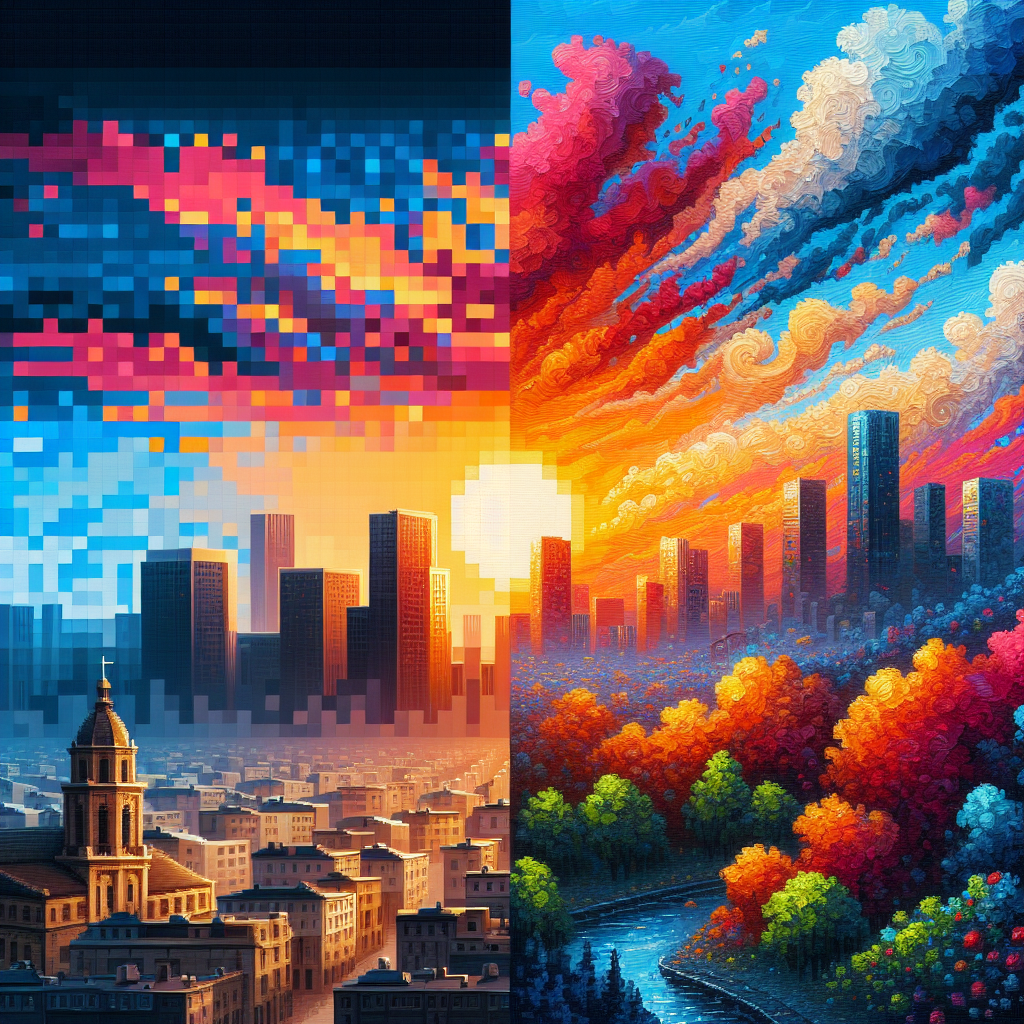Generative artificial intelligence, or AI, has been making waves in the art world in recent years, revolutionizing the way artists create and audiences experience art. From generating digital images to creating physical paintings, generative AI has opened up a world of possibilities for artists and art enthusiasts alike.
One of the most notable impacts of generative AI on the art world is its ability to create stunning, intricate digital images. By using algorithms that mimic human creativity, AI can generate images that are visually striking and complex, often pushing the boundaries of what is possible with traditional mediums. This has led to the emergence of a new genre of art known as “AI art,” which has gained popularity among collectors and galleries.
In addition to digital art, generative AI has also been used to create physical paintings. Artists can input their desired parameters, such as color palette or composition, and let the AI generate a unique piece of art based on those inputs. This process can be a collaboration between human and machine, with the AI serving as a tool to help artists explore new ideas and techniques.
The impact of generative AI on the art world goes beyond just creating new pieces of art. It has also sparked conversations about the nature of creativity and the role of technology in the artistic process. Some argue that AI art is not truly creative, as it relies on algorithms and data rather than human intuition and emotion. Others see AI as a valuable tool that can enhance and expand the possibilities of art-making.
Despite these debates, generative AI has undeniably changed the landscape of the art world, opening up new avenues for artists to explore and pushing the boundaries of what is considered art. As technology continues to evolve, it will be interesting to see how artists continue to incorporate generative AI into their practice and how audiences respond to this new wave of creativity. In the end, the impact of generative AI on the art world is undeniable, shaping the way we create and experience art in the digital age.


Leave a Reply